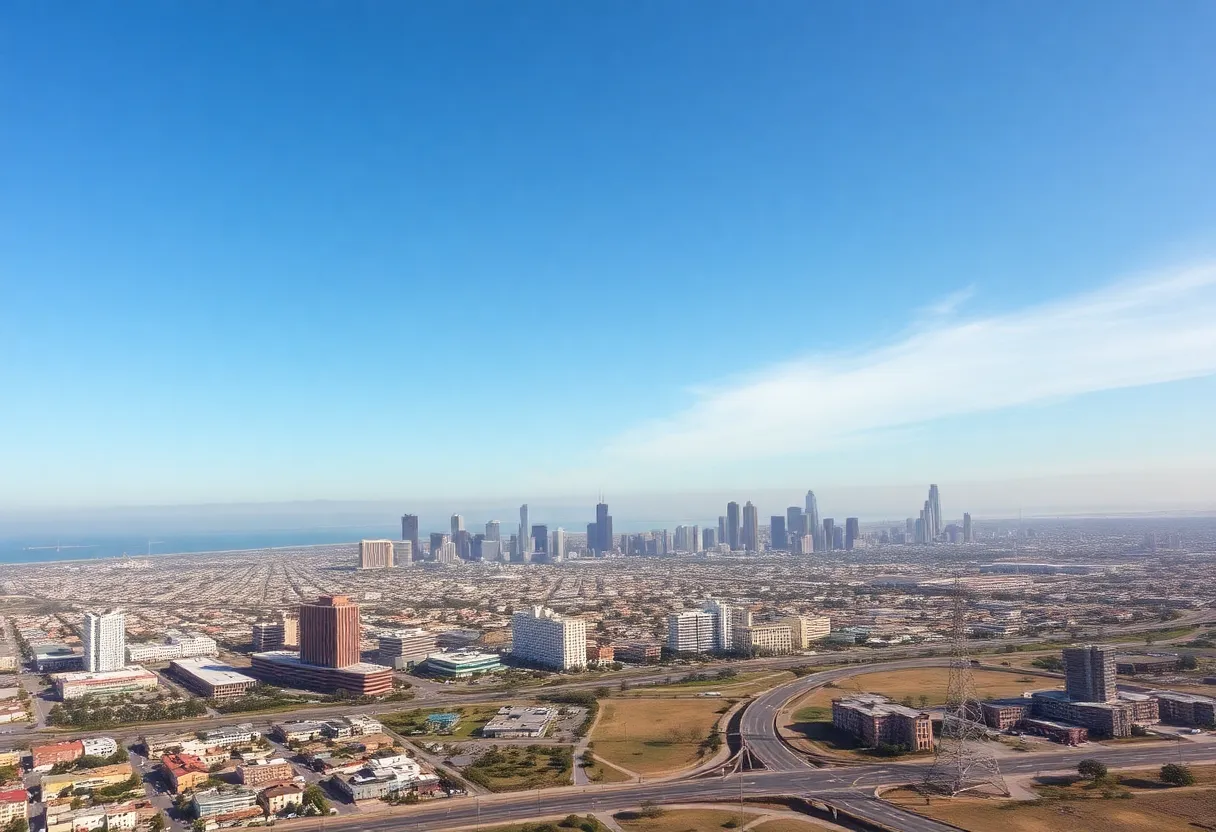News Summary
A new study from Virginia Tech has highlighted San Diego among 28 U.S. cities at risk of land subsidence, with local infrastructure threatened by gradual ground sinking. The study notes San Diego is sinking at a rate of 1 millimeter per year due to factors like groundwater extraction and fluctuations in aquifers. With over 29,000 buildings in high-risk zones, the findings stress the need for urgent policy adjustments to address this slow-moving hazard and its implications for urban planning and climate change.
San Diego – A new study by Virginia Tech has identified 28 cities across the United States, including San Diego, as significant hotspots for land subsidence. This gradual sinking of the Earth’s surface presents serious risks to infrastructure, including buildings, roads, and bridges, putting millions of residents in danger.
The research highlights that some urban areas are sinking at alarming rates, with measurements indicating subsidence of several inches per year. In the case of San Diego, the city is reportedly sinking at a rate of 1 millimeter per year, which is the highest among major cities in California. Concerns are particularly acute as over 29,000 buildings within these cities are located in zones classified as high and very high risk for subsidence-related damage.
Primarily contributing to this worrying trend are long-term groundwater extraction practices for drinking water and agricultural purposes, as well as the extraction of oil and gas. These activities deplete subsurface water reserves, leading to a lowering of the ground level. In San Diego County, additional factors, including fluctuations in aquifers due to varying drought and precipitation patterns, further compound the problem of land movement.
According to the study, approximately 20% of urban areas in the surveyed cities are experiencing subsidence. The implications of this phenomenon can lead to significant infrastructure damage, which often goes unnoticed by residents until it reaches critical levels. Moreover, the researchers underline that rapidly expanding urban centers face an increased risk of encountering subsidence issues, making it essential for policy makers to take action.
In Chula Vista, part of San Diego County, land subsidence is evident and is expected to exacerbate the impacts of rising sea levels. The combination of subsidence and climate change presents a dual challenge, as local land motion can elevate relative sea level measurements and increase flood risks. This makes it crucial to incorporate such considerations into future urban planning and environmental assessments.
The study echoes earlier findings from Northwestern University, which noted climate change as a significant factor in the subsidence scenario affecting Chicago. These reports collectively emphasize the urgent need for proactive measures to mitigate the risks associated with land subsidence.
As San Diego and other affected cities grapple with the consequences of subsidence, the research suggests that the rates of sinking are sufficiently slow to allow for the implementation of corrective actions. These actions may include revising zoning laws, upgrading infrastructure, and developing comprehensive flood response strategies that take subsidence into account.
Land subsidence is characterized as a “slow-moving hazard” with potential environmental and socioeconomic consequences, impacting not just local communities but also contributing to global challenges. The study’s findings indicate that adaptation policies are critically needed to help urban centers contend with the evolving dangers posed by land subsidence.
The study utilized advanced satellite-based radar technology to measure vertical land movement with high precision, allowing for a clearer understanding of subsidence patterns across various locations. This data-driven approach serves as a vital component in addressing the growing concerns shared by residents and officials alike.
In conclusion, as cities like San Diego continue to face environmental challenges, the implications of land subsidence highlight the urgent need for comprehensive policies aimed at safeguarding infrastructure and community well-being.
Deeper Dive: News & Info About This Topic
HERE Resources
Oregon Faces Major Earthquake Threat from Cascadia Subduction Zone
Additional Resources








